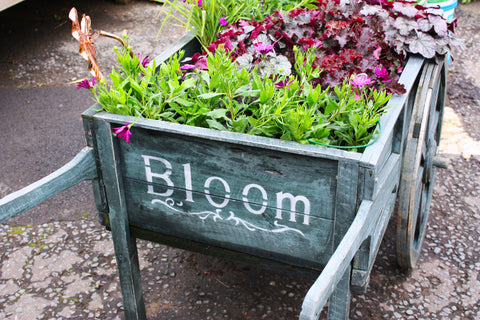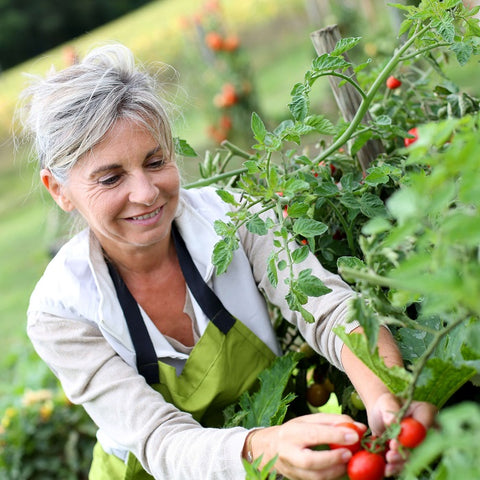Prevent the embarrassment of a failing or disease-ridden garden. Knowing some basic gardening knowledge will help you grow a vibrant and healthy garden. We've gathered the following information on how to grow a vibrant, colorful, and healthy garden.The following content also has some reference value for raised garden beds.
Starting a garden may seem like a daunting task, and in a way, it probably is. The following tips will help you prepare your garden bed for your planting time and help you choose the best plant varieties for a vibrant and healthy garden.
- Know your USDA Hardiness zone
The first thing all gardeners need to do is to know which cold-resistant area they will be planting in. Basically, the higher the number in this region, the warmer the climate. So if your plant is hardy in Zone 5 and you plant it in zone 6, it will survive in your garden. However, if you plant it in a Zone 4 garden, it will not survive the winter in that area.
- Factory selection
Now that you know your hardiness zone, you can confidently choose the plants you want to grow in your garden. Some popular options include:
Vegetables - lettuce, carrots, cucumbers, kale and peas
Herbs - basil, mint, dill, thyme, lavender and oregano
Flowers - rhododendrons, begonias, roses, daisies and marigolds
- Map the garden
Planning your garden can help you imagine which plants are going where and what adjustments you need to make for them to thrive. Add as much detail as possible to the garden map and refer to it when needed. Include the following data: species, soil pH, water, sun

- Know the frost date
You need to know the date of the last spring frost in your area so you don't risk killing plants by pulling them out too early. Equally important, if you grow vegetables and herbs, it's also important to know your first fall frost date so you can gather your harvest. This also gives you a time frame to move your plants indoors or outdoors to prevent frost damage.
- Garden soil
Gardening tips for beginners include how to enrich and manage soil
The ideal garden soil consists of equal parts sand, silt, and clay. This type of soil is called "loam" or "loam". Loam has the perfect balance of retaining moisture and draining well. It allows oxygen to reach plant roots and is rich in organic matter.
Tip: Your soil pH can be adjusted by adding agricultural sulfur to make alkaline soil more acidic, or adding agricultural limestone to make acidic soil more alkaline.
- Water needs
A typical garden or garden needs at least one inch of water per week. Under normal conditions, this should saturate the soil to a depth of about 5 or 6 inches.
Note: Some plants require more frequent watering.
Tip: Make sure the soil is well drained but kept moist so that the plant's roots get the water they need without developing root rot.

- Need for coverage
Two to four inches of mulch is usually recommended for garden beds. If you want mulch that breaks down quickly and introduces nutrients over time, wood chips are a good choice.
Tip: One of the most effective ways to control weeds, retain moisture, and regulate the temperature of your garden soil is to add a thick layer of organic mulch to the soil.
- Requirements of the Sun
Gardening tips for beginners include determining how much sunlight plants need
Depending on the type of plant you want to grow, you'll need to know how much sunlight it needs. In larger gardens, different areas may get different amounts of sunlight. Consider the following points to guide your planting location:
Plenty of sunlight - These plants need at least 6 hours of direct sunlight a day
Partial sunlight - three to six hours of direct sunlight a day will allow plants to thrive
Partial shading - Plants need three to six hours of sunlight a day, but must avoid the strong midday sun
Complete shade - These plants need less than 3 hours of direct sunlight per day.
Tip: Growing in containers allows you to move your plants around according to their needs.
Gardening skills
In this article, you have found important information and tips to help you grow and maintain a vibrant garden.
Knowing what to plant and how to care for your garden will help you create a perfect environment with a spectacular array of flowers, rich vegetables, and lasting beauty throughout the growing season.
Neglecting the needs and basic care of the garden can lead to stunted plant growth, stunted growth, disease and overgrowth of weeds.









